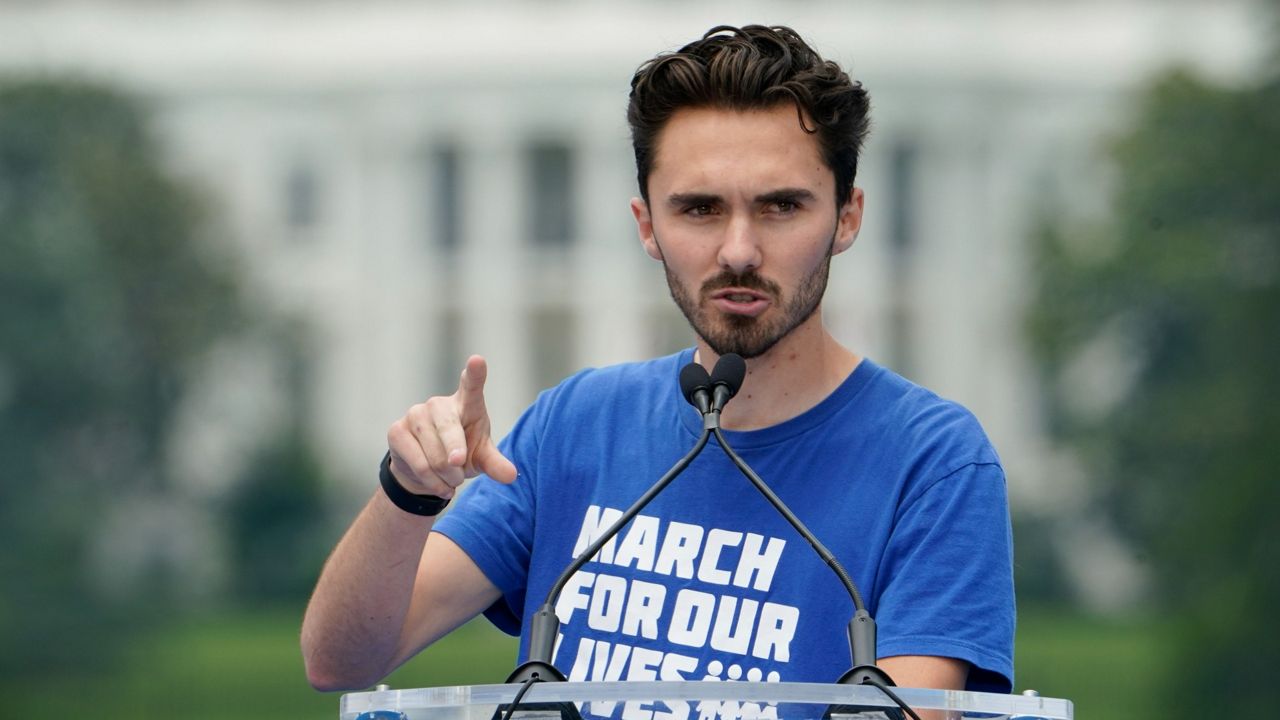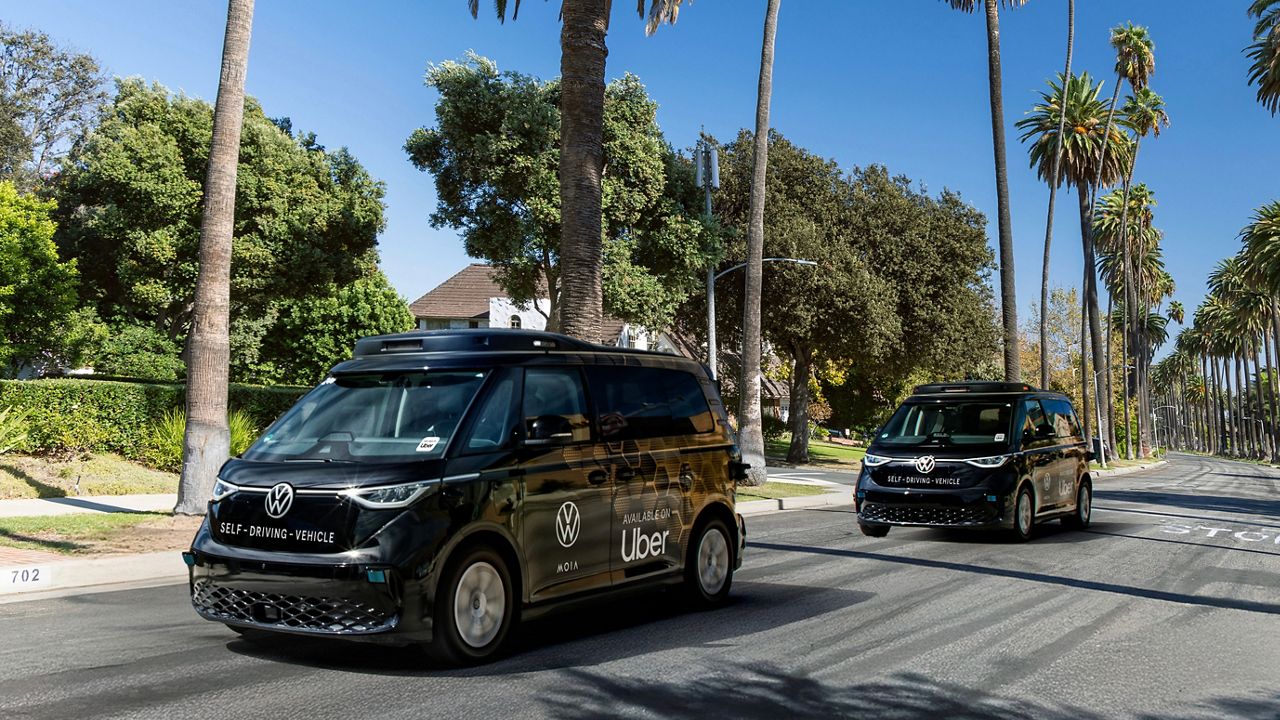LONG BEACH, Calif. — A COVID-era shortcut helping people avoid years of waiting to get into housing could disappear soon while it’s still vastly underutilized locally.
Similar to housing choice vouchers, also called Section 8, these emergency housing vouchers come out of more than $1 billion in funding from the American Rescue Plan Act. This is an option that, in some cities — Long Beach being one of them — does not have a wait list.
Vickie Redd was still getting used to the front door lock of her new apartment, which she is slowly beginning to fill.
“I had to buy a refrigerator, which is why I don’t have a bed," she said. "I had to choose: refrigerator or bed, so I was here for two weeks without a refrigerator."
A blow-up air mattress is where Redd sleeps now. Before this, it was a shelter, sometimes on the streets, since losing her job at the start of the pandemic.
"Some days, I just wanted to cry, but I’m like, 'What is that going to do?'" she said. "Just keep looking. Just keep going."
Redd got hooked up with some people at the Multi-Service Center, Long Beach’s city-supported ground zero for homelessness. This is where she got the referral necessary for an emergency housing voucher.
The federal government unveiled this billion-dollar program last year to rapidly house the most vulnerable at the height of COVID. It’s a lot like Section 8, where rent is subsidized based on a tenant’s income.
Of 70,000 vouchers from the U.S. Department of Housing and Urban Development (HUD), Long Beach got almost 600. Today, less than half are being used to the fullest extent, with the recipient actually in housing, falling short of the national average.
Alison King, deputy executive director of the Housing Authority of the City of Long Beach, says many more emergency housing vouchers have been issued, but finding an accepting landlord can take months.
"Not at all surprised, I’m sorry that it is not 100%," said King. "In some communities, they’ve been far more successful."
Getting an emergency housing voucher fast tracked Redd to a better life. That's because Long Beach’s wait list for the traditional housing choice voucher is long, and it’s been closed for several years.
Yet uncertainty is cropping up as this program is supposed to end next year.
“We’ve never seen HUD ever take vouchers away from families, and we don’t believe that they will do it now,” said King.
After taking care of her own living situation, Redd returned to work as a caregiver.
"You have to kind of do it for yourself because they have more people that need help than they do resources, and that’s just the truth," said Redd. "They can’t help everybody, so you have to be able to help yourself."
To be exact, Long Beach got 582 emergency housing vouchers, and 263 of them — or about 45% — are currently leased up, even though landlords are offered a $2,500 sign-on leasing bonus.
"While it’s not where we’d like to be, there’s a lot of work behind where we are," said King. "And we celebrate that."











